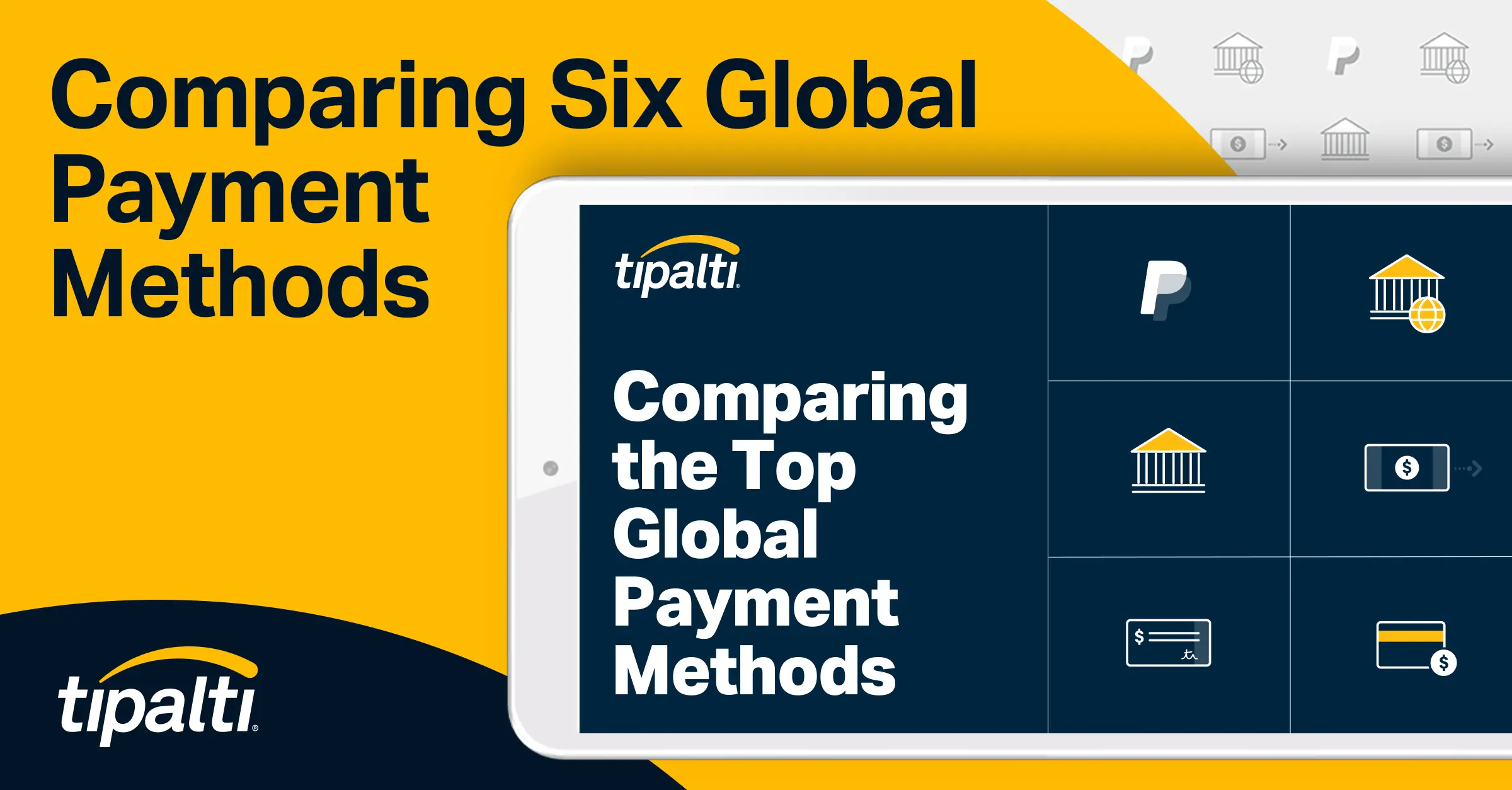ACH transfers have made paper checks obsolete. In fact, they are typically the more costly option. Direct deposit via ACH is a simple wire transfer that is typically received in 1-2 business days. It’s a great option for a small business to save money and pay employees expeditiously.
How an ACH Deposit Works
- An employer instructs their bank to send a payment to their employee’s bank
- The bank uses the ACH network to directly transfer funds electronically
- The employee’s bank receives the funds and places in employee’s bank account.
What Does Direct Deposit Entail?
Direct deposit is a payment option in which funds are electronically transferred to your savings or checking account. This helps the payee receive funds faster and avoid dealing with physical checks. In many cases, this entails an automatic deposit of payroll checks transferred straight to your account.
Direct deposit is how 93% of American workers get paid. It’s a method to put consumers more in control of their finances where they can quickly access money with no extra fees to receive it. In addition to payroll, it can also be used for bonuses, reimbursements, and other employee payments.
What is an ACH?
When you wake up on payday and your money is automatically in your bank account, that’s due to an ACH transaction. ACH is short for the national automated clearing house association. It’s a computer-based electronic network for processing transactions. It’s typically used for low-value payments between two participating financial institutions.
Examples of ACH processing include:
• Direct deposit
• Money transfer
• Car loan
• Mortgage
• Recurring payments
•Anyone online bills
ACH is also referred to as direct pay or an electronic check and is ever-growing in popularity. In 2019, the ACH moved 24.7 billion electronic payments, making the network one of the safest and most reliable payment systems in the world. Last year was the fifth consecutive one in which the Clearing House added more than 1 billion in payments. This includes things like:
• B2B and P2P payments
• Direct deposits
• Charitable donations
• Social security and government benefits
• Tuition
•Subscription services
The total value of these payments was over $55.8 trillion dollars.
How Does ACH Work?
Setting up an ACH requires a savings or checking account, routing number, and bank account number. An ACH direct deposit can not happen until this data is shared with the payer. The account information of the payee is always required to set up a direct deposit. Otherwise, how will a business know where to pay you?
What is ODFI?
The Originating Depository Financial Institution or ODFI is a banking term used in connection with an ACH. In the financial workflow, the ODFI is the interface between the ACH network and the Federal Reserve. They act as the Originator of the transaction.
The ODFI has an agreement with the ACH Operator (either The Clearing House or the Federal Reserve) to transmit entries into the ACH Network on behalf of the Originator. To qualify as an ODFI, a depository financial institution must always obtain authorization before crediting or debiting an account.
Things they are responsible for include:
• Protecting ACH data security
• Having contracts with each Originator
• Keeping returns below an agreed-upon threshold
To mitigate the risk of a transfer being returned, ODFIs are encouraged to work with Originators to establish proper controls and oversight over debit transactions.
What is RDFI?
ODFIs must also agree to act as a Receiving Depository Financial Institution (RDFI) to receive ACH payments and credit transactions. The RDFI receives entries indirectly or directly from its ACH Operator for credit or debit to customer accounts.
All institutions must be an RDFI to allow a member or customer to accept funds via ACH. To comply with Nacha Operating Rules, an RDFI must accept all entries to customer accounts.
A Receiving Depository Financial Institution obtains entries directly or indirectly from its ACH Operator for a debit or credit to customer accounts. All financial institutions must be an RDFI to allow a customer or member to accept funds via ACH.
Things they are responsible for including:
• Proper and timely posting to Receiver’s accounts
• Timely receipt and validation of all ACH entries
• Proper notification to Originators of incorrect data on accepted entries
Any Financial institution can choose to be an RDFI without being an ODFI.
Is ACH Direct Deposit?
Direct deposits are a type of ACH payment – so yes, ACH is a direct deposit, but there are also other types of ACH payments. On the other hand, all direct deposits are ACH transfers.
Power your entire partner payouts operations
98%
Customer Satisfaction
$60B+
Annual Transactions
4M+
Partners
4,000+
Customers
99%
Customer Retention
What are the Similarities Between ODFI and RDFI?
In addition to dealing with money, there are many similarities between an RDFI and an ODFI. Both institutions must have a relationship with an ACH Operator to access the ACH network. Both pay fees to access these payment rails and face strict auditing processes. Even as faster payments become the expectation, they still must go through an Operator.
The automated clearing house network is a popular ACH Operator that offers an instant payment option for participating members. The Federal Reserve unveiled plans for a real-time payment option that should hit the market by 2024.
Both the ODFI and RDFI must have a relationship with an ACH Operator in order to access the ACH Network. Both the ODFI and RDFI pay fees to access these payment rails and face strenuous auditing processes.
Even as faster payments become more popular, the transactions will still go through an Operator.
The Clearing House, a favorite ACH Operator, offers an instant payment option through its payment rails, provided that both financial institutions are participating members.
The Federal Reserve unveiled plans for a real-time payment option that should hit the market by 2023 or 2024.
What are the Network Administration Fees?
The ACH network is sustained through Network Administration Fees. Every depository financial institution helps to sustain a healthy ACH network with these collected fees. Each depository financial institution that receives or transmits ACH entries are required to pay Nacha an Annual Fee and a Per Entry Fee for costs associated with managing the ACH network.
These fees are required to offset costs associated with the ACH network administrative functions which Nacha performs on an “at cost” basis. These charges provide a stable and predictable source of funds from parties that receive service benefits. The amounts are approved by the Nacha Board of Directors every year and are amended when the board deems necessary.
A Direct Deposit via ACH
When you receive direct deposit via ACH, funds are deposited within a checking or savings account within 1-2 business days. It is typically used for things like:
- Government benefits
- Tax and other refunds
- Payroll
- Employee expense reimbursement
- Annuities and interest payments
It will include any ACH credit payment from a business or the government directly to a consumer. Direct deposit should not be confused with direct payment, which is the use of funds to make a payment via ACH.
Advantages of direct deposit through ACH include things like convenience, less fees, no paper checks, and faster tax refunds
The ACH system is designed to not only expedite payments but secure them too. It enables room for more commerce in less time and spurs business in every industry.


